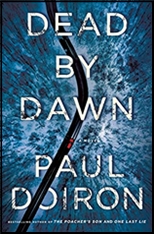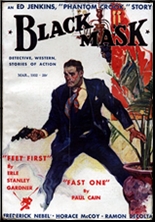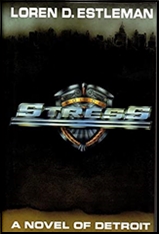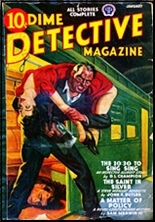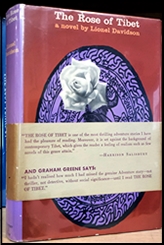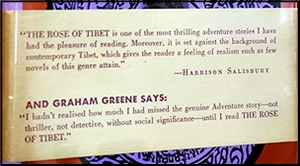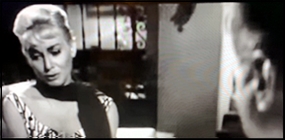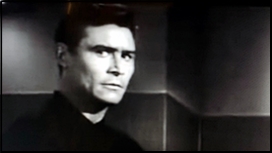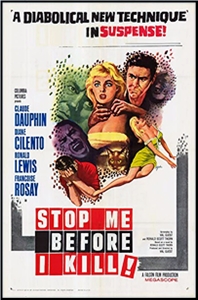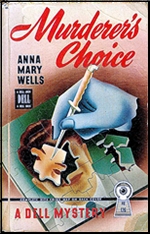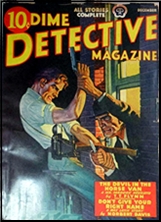Tue 3 May 2022
Pulp Stories I’m Reading: FREDERICK NEBEL “Winter Kill.â€
Posted by Steve under Pulp Fiction , Stories I'm Reading[6] Comments
FREDERICK NEBEL “Winter Kill.†Kennedy of the Free Press & Captain Steve MacBride #32. Novelette. First published in Black Mask, November 1935. Reprinted in The Hardboiled Dicks, edited by Ron Goulart. (Sherbourne Press, 1965). Collected in Winter Kill: The Complete Cases of MacBride & Kennedy, Volume 4: 1935-36 (Altus Press, 2014).

Russ Parcell is a cad, no way to get around that. A rich father’s son who drinks a lot, gambles a lot, and although married, runs around with cheap floozies a lot. He owes one gambling boss over $8500, which in 1935 would have been considered a lot of money, and the gambling boss is anxious to collect. It doesn’t make sense, then, for him to have killed Parcell, does it? The latter was found in the street,hid body frozen to death and covered with snow.
It is Kennedy of Free Press who figures out it was murder. Someone had poured water on him and sent him wandering out in the cold in a drunken stupor. It is also Kennedy who does most of the investigative work on the case, although Captain Steve MacBride is there for police backup whenever he’s needed.
It is also Kennedy who shows any personality in this particular story. He’s short and thin, and at times he can be almost invisible in a room, almost a shadow on the wall so that others also in the room can easily forget he’s there. He also drinks a lot, but whether he’s ever actually drunk is not easy to tell. He often learns a lot by pretending he’s had few too many.
MacBride, on the other hand, could just as well be another generic cop. Luckily for Kennedy, he doesn’t mind putting up with the latter’s various foibles.
The case, unfortunately, while long and involved, is not a particularly gripping one, and most of Kennedy’s legwork is done off screen, or with the motives for what he does do not revealed to the reader. The Kennedy-MacBride series was both a long one and very popular with the readers at the time. This particular story may not show them at their best.
Note: I first wrote a review of this story in 1967, and I posted it on this blog a few weeks ago. Follow the link and you can read it here.
